Massacre
Burundi's Truth and Reconciliation Commission (TRC) presented on Friday the results of its activities in Bururi, in the south of the east African state where Investigations, hearings and exhumations of victims of the 1972 ethnic crisis have been going on.
President of the TRC, Pierre Claver Ndayicariye said "the TRC has verified 68 mass graves. And it is only in 11 of these mass graves that we exhumed 1,455 victims of the 1972 crisis. The images of the mass graves show the unheard-of barbarity with which the victims were tortured and murdered."
Meanwhile, there are mixed reactions in the Burundi over the work of the commision. Some persons have accused the commission of leaning towards one ethnic group.
Tatien Sibomana, a politician in the country shares this view.
''The Ndayicariye Commission wants to make the national and international opinion believe that it is the Hutus who were killed. This is not true at all. He can sing it, claim it all day long, it will never be the truth of what happened.
Burundi's Truth and Reconciliation Commission (TRC) was born out of the Arusha Agreement of 2000 for peace and reconciliation in Burundi.
More than 4,000 mass graves have been found in Burundi following an investigation by the Truth and Reconciliation Commission into conflicts since independence in 1962.
The commission, set up in 2018 to shed light on ethnic tensions, says it has identified 142,505 victims.




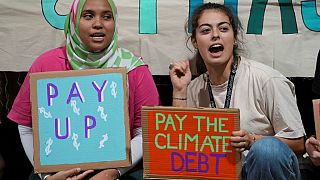
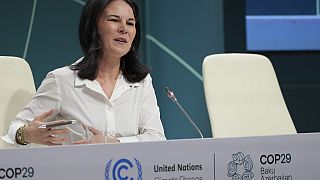
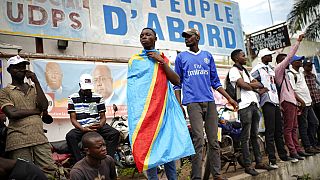
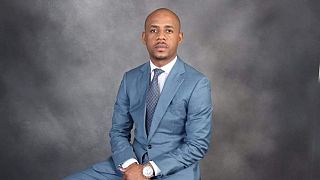
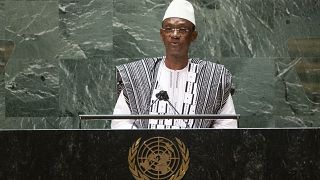
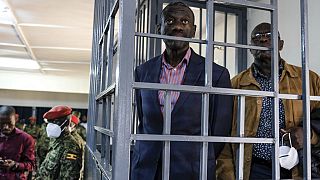
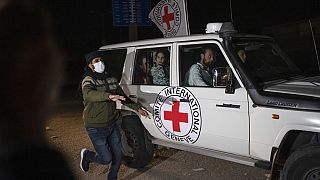
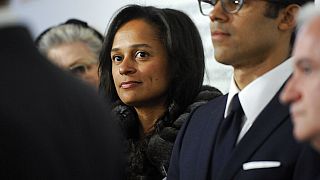
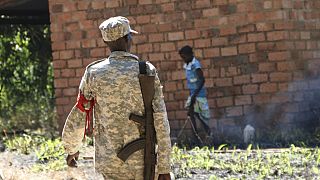
01:22
Cases of new mpox strain more than double among children in DR Congo and Burundi
02:17
Akazehe: a unique Burundi greeting risks disappearing
01:22
In Burundi, Mpox prevention measures are being implemented in schools
02:33
Residents still shaken 17 months after deadly cult massacre in Kenya
01:06
Bangladesh’s president dissolves parliament as protests pause
Go to video
Rwanda: 30 years later, the chilling story of genocide survivors